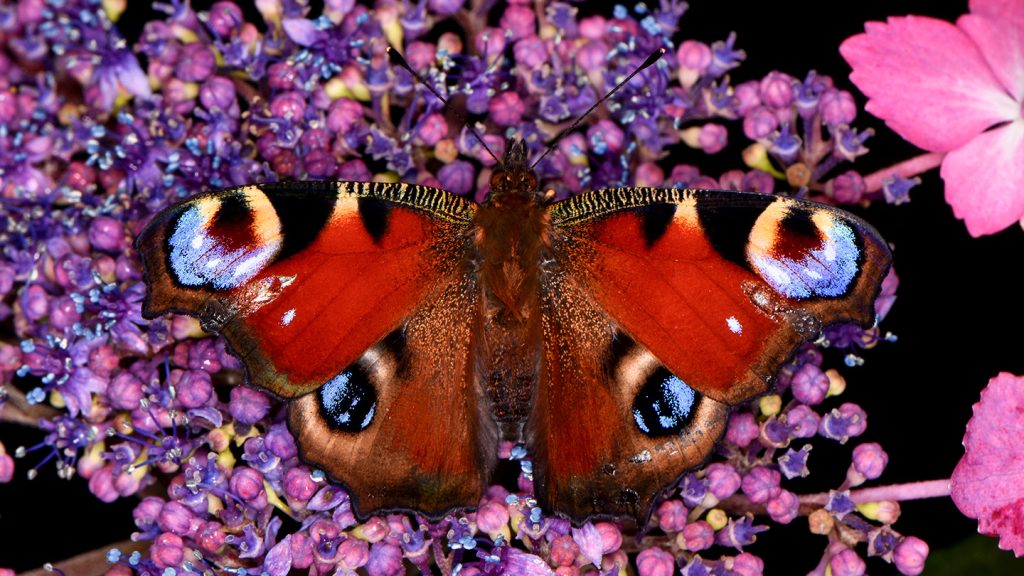Birds, bees, butterflies, and moths have been found to accumulate static electricity as they flutter their wings, which may help them to potentially pull pollen from nearby flowers. Research conducted by ecologists Sam England and Daniel Robert measured the electrostatic charges of various butterflies and moths and found that the average charge of a butterfly is strong enough to move pollen grains at least six millimeters. This suggests that lepidopterans may be able to pollinate flowers without having to physically land on them. The amount of charge varied across species, likely due to differences in body surface area.
The polarity of the charge and its strength in lepidopterans seem to be related to benefits in their respective environments. For example, insects from temperate regions were found to have higher positive charges, aiding in their ability to detect flowers’ electric fields, which can convey information about nectar availability. In contrast, insects from tropical regions were more likely to have a negative charge, potentially helping them evade detection by predators. This discovery points to the possibility that electrostatic charge may be an evolutionary trait that organisms are adapting to based on their ecological needs.
The research team’s computer simulation showed the trajectories of pollen grains in relation to a typically charged butterfly positioned six millimeters from a flower’s stamen. This visualization further supports the idea that electrostatic pollination is a significant factor in the pollination process for various organisms. Butterflies and moths are now added to the list of creatures capable of gathering pollen electrostatically, joining bees and hummingbirds. This diversity suggests that electrostatic pollination may be more widespread in the animal kingdom than previously recognized.
England and Robert note that the correlations between electrostatic charges and ecology highlight the potential influence of this trait on evolutionary processes. By studying the electrostatic interactions of butterflies and moths, researchers can gain insights into how these organisms have adapted to different environments and ecological challenges over time. The growing body of research on electrostatic pollination sheds light on a unique and potentially widespread mechanism in the natural world that contributes to the pollination process, which is crucial for ecosystem functioning and biodiversity conservation.


